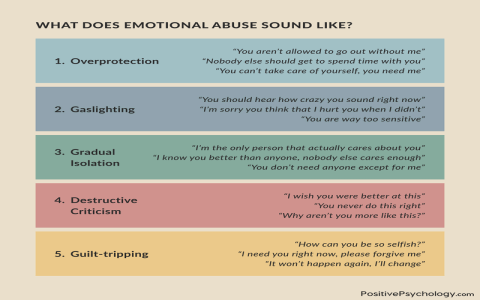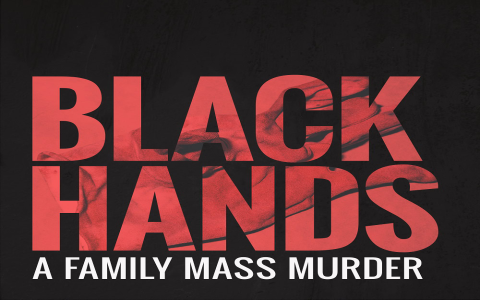Physical Abuse is Worse than Emotional Abuse
In the realm of interpersonal relationships, abuse is a harrowing reality many individuals face. Abuse comes in many forms, but when it manifests physically or emotionally, the impacts can be profound and life-altering. While both types of abuse carry significant trauma, there’s a compelling argument to be made that physical abuse tends to have more immediate and visible effects than emotional abuse.

Physical abuse often presents clear physical scars and bruises, stark reminders of the violence inflicted. These injuries, like broken bones, cuts, or internal injuries, are easily recognizable compared to the more insidious nature of emotional abuse. The immediacy of physical injury often triggers immediate intervention, potentially saving lives or preventing further harm. The sight of someone visibly hurt can jolt witnesses into action, with trauma care being sought, often compelling law enforcement to step in. This direct response underscores the severity of physical abuse in a way that the often-invisible wounds of emotional abuse cannot.
Moreover, the recovery from physical injuries, while complex and lengthy in hospitalization or rehabilitation, generally provides a structured path to healing. The victim’s efforts to heal bruises, mend bones, and manage pain can be observed, measured, and tracked. They have the external support systems of healthcare which offers medical treatment, pain relief, and even psychological support. Enduring physical pain or diminished physical functioning acts as a stark reminder of the abuse, driving survivors to seek help or escape abusive environments more urgently.
Contrastingly, emotional abuse occupies a more hidden battleground within the psyche. It erodes self-esteem, warps perceptions of self-worth, and can lead to deep-seated psychological issues. The signs of emotional abuse can be subtler, such as depression, anxiety, or PTSD, which don’t always show up in a straightforward way. Its silent warfare, executed through manipulation, verbal attacks, or constant belittlement, impacts the victim’s identity and emotional landscape but is less likely to elicit immediate societal or professional intervention.
The impact of emotional abuse might be equally devastating over time, but its effects are slower to manifest and harder to quantify. Unlike the more functional recovery from physical abuse, emotional recovery lacks visible benchmarks. The wounds of emotional abuse are often internalized, leading to a battle that feels invisible, and victims might even question the validity of their own suffering. The therapeutic path is thus far less defined, requiring intensive, often prolonged mental health treatment, which not everyone can afford or access.
Given this dichotomy, one must consider the societal recognition and trauma of physical abuse. The practical, everyday consequences of physical abuse—such as being unable to work due to injuries, facing high medical costs, or even dealing with chronic pain—can lead to a more immediate and structural breakdown of one’s life. This has longer-term implications for survivors, creating barriers in their personal, professional, and socio-economic spheres.
On the other hand, while emotional abuse can be debilitating, its conflicts and torment are often hidden, mistakable as personal faults or assumed laziness. The invisible wounds affect performance, relationships, and overall well-being but are not as immediately apparent. The lack of physical trauma can even result in discredit or minimal support, prolonging the victim’s struggle to find help and heal.
Ultimately, while acknowledging the profound, insidious impact of emotional abuse, the immediate and undeniable effects of physical abuse thrust it into a category of severity that demands urgent attention and action. Physical abuse disrupts life functions in a manner that’s clear, compelling and necessitates immediate societal protection and support, making the argument that it is, in many ways, worse than emotional abuse.



